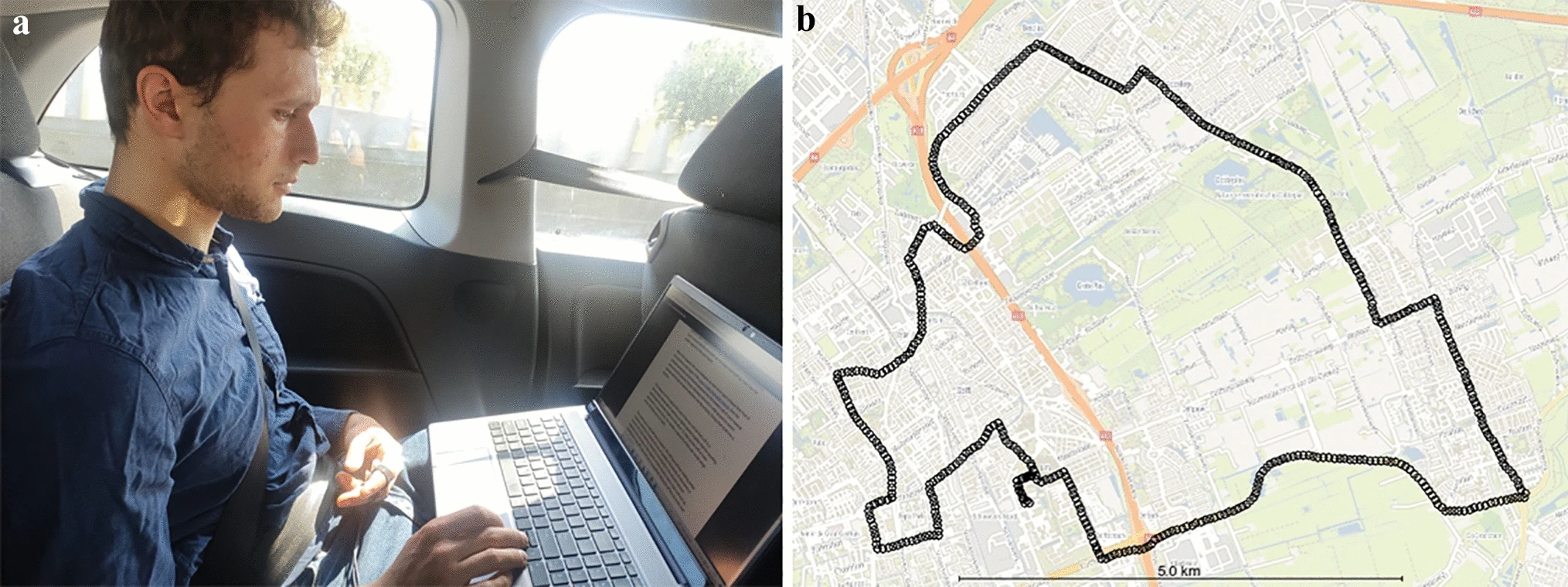Research Roundup (#16)
.png/:/rs=w:1440,h:1440)
Welcome...
Welcome to the sixteenth-ever Research Roundup! A weekly catch-up on the latest developments in the field of XR research.
Reader survey
To begin this week, I have a deeply unscientific survey about the newsletter itself. As we cruise into our sixteenth issue, I'm curious about which aspects you find most useful and where I might make improvements. There are just five questions, the survey is entirely anonymous, your feedback would be genuinely helpful, and very gratefully received!
Research Roundup Reader Survey
Now, it’s been a busy week, so let's not hang around...
The Week in 3 (sentences)
- New studies on emergency training and worker safety revealed contrasting findings this week, with VR emergency drills showing improved performance with visual guidance and emotion tracking, whilst headset-based AR decreased hazard awareness and increased safety incidents compared to smartphones.
- More research on cybersickness was released this week with trunk-trajectory misalignment increasing symptoms over extended exposure, and positive correlations emerging between VR motion sickness and real-world car sickness suggesting common underlying causes.
- And finally, using VR to combat stress and anxiety was in the spotlight, with home-based VR reducing perceived stress in healthcare workers, and VR-relaxation therapy for Generalised Anxiety Disorder achieving comparable anxiety reduction to standard imagery.
The Week in 300 (words)
Using AR in industrial workplaces is one of those use cases you always see, so it was fascinating to learn of new research looking at safety issues and the use of AR for task completion. The researchers remodelled a steering room from a cargo vessel and had participants take on the role of a novice marine surveyor. As they completed their tasks, their hazard perception was measured as participants used either a Trimble XR10 with Hololens 2, a RealWear Navigator 520, or a mobile phone. Unfortunately, participants wearing an HMD failed to perceive safety hazards as effectively, with more ‘head-knockers’ and ‘knee knockers’ than when using the smartphone. Bad news for AR in hazardous industrial environments but a call to arms to develop ways of ensuring safety.

Researchers this week explored the links between motion sickness and cybersickness to develop more reliable measures for automated car research. Rather than asking participants how motion-sick they get, the researchers gave them a VR experience in which the virtual world rotated around different axes. Then they took them for a drive around Delft, completing exercises on a laptop sat in the back of the car. As you might expect, the research team found correlations between sickness in the two experiences, suggesting common underlying components. Although framed for automated vehicle research, the findings are nevertheless interesting for anyone involved in VR. Asking ‘do you get car sick?’ is not uncommon before a user dons a headset and this would suggest it may well be a good idea.
And finally, researchers assessed the feasibility and usability of home-based VR for stress reduction. Whilst research has established the efficacy of such interventions, it is less often demonstrated outside of the confines of formal institutional settings. Participants engaged with a one-week home-based programme containing natural environments to ‘destress’ in and psychoeducational material. Perhaps disappointingly, the intervention only decreased measures of perceived stress, and other measures of mental wellbeing remained roughly the same. Whilst potential explanations exist, based on the measures chosen and the duration of the training, more important is the reminder that these interventions need testing in the real world. The potential cost savings are there for everyone to see; it just needs to work in real environments too.
Paper of the Week
The paper of the week this week comes from a research team in Germany exploring the use of head, hand and torso anchors for AR content when walking.
As we are bombarded with marketing images of the AR of the future it is striking just how many of the use cases involve people walking about their daily lives. It is equally surprising just how little academic research has been done on using AR content when walking. Where it has been done the participants are often following static pre-determined paths unlike real life.
It was therefore great to see research that began to tackle this thorny issue. What changes when someone has to actually navigate as well? A clever setup was used where participants had to walk a path over light strips on the floor to simulate walking. Crucially, the task was kept dynamic with participants led in different directions at intersections which lit up when they got there, making it less predictable and more like real walking.
The participants were also engaged in a taxing cognitive task, the n-back task, that was displayed either anchored to the head, hand or torso.
What they found was that head-anchored content was the most favourable, having the least effect on measures of walking (e.g. walking errors) whilst still allowing the participant to complete the dual task quickly although it did lead to some detriment in performance. In comparison hand-anchoring slowed participants right down, with increased demands, although specific task errors were more common.
Not withstanding the need to replicate the findings, and in more ecologically valid conditions, it represented an important step forward. If the research is to match the advertised use cases, or at least meet them in the middle, then more needs to be known about using AR content whilst walking in more realistic ways. Some design aspects are clearly not arbitrary and can have differing effects on people’s ability to walk and interact with AR at the same time. As AR eyewear rushes to market this may well be crucial for the user experience.